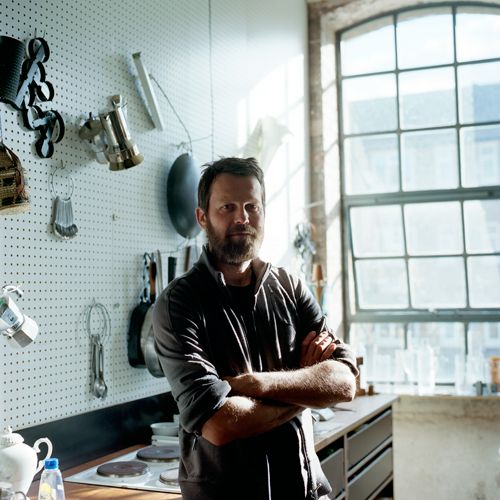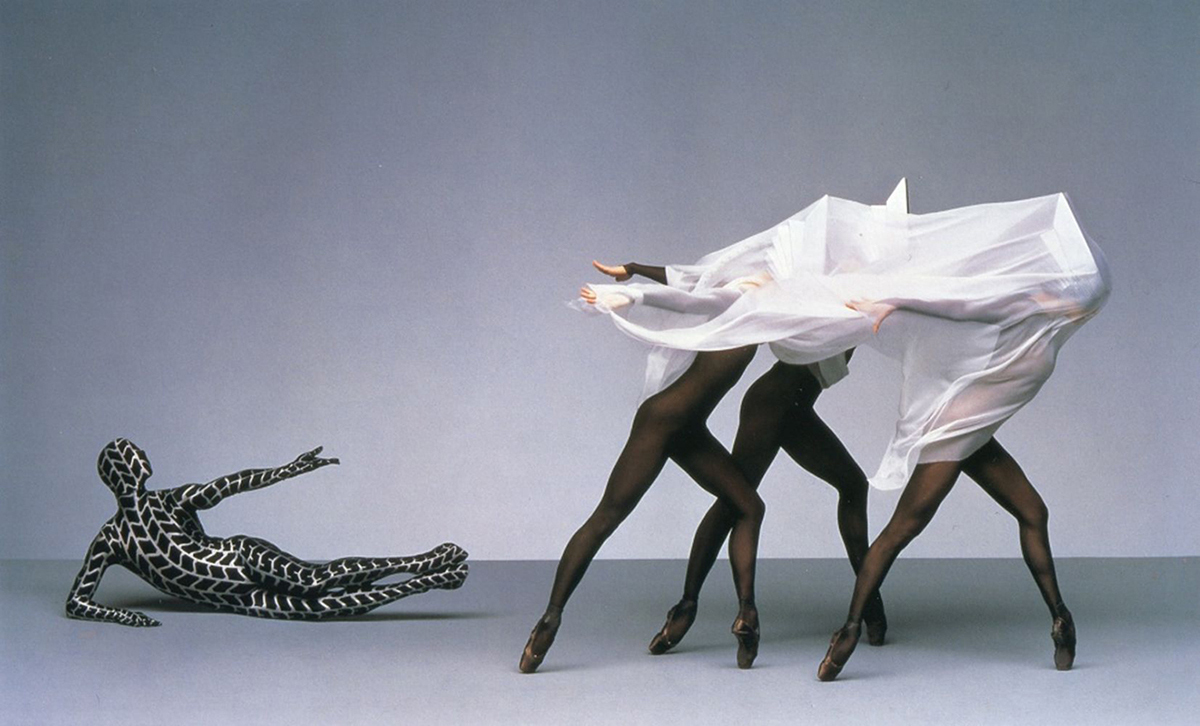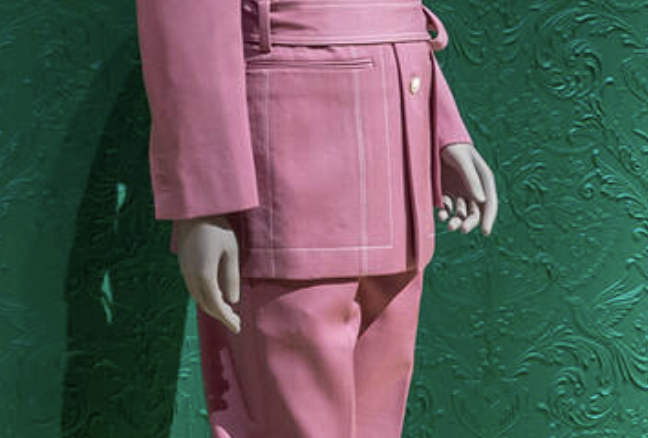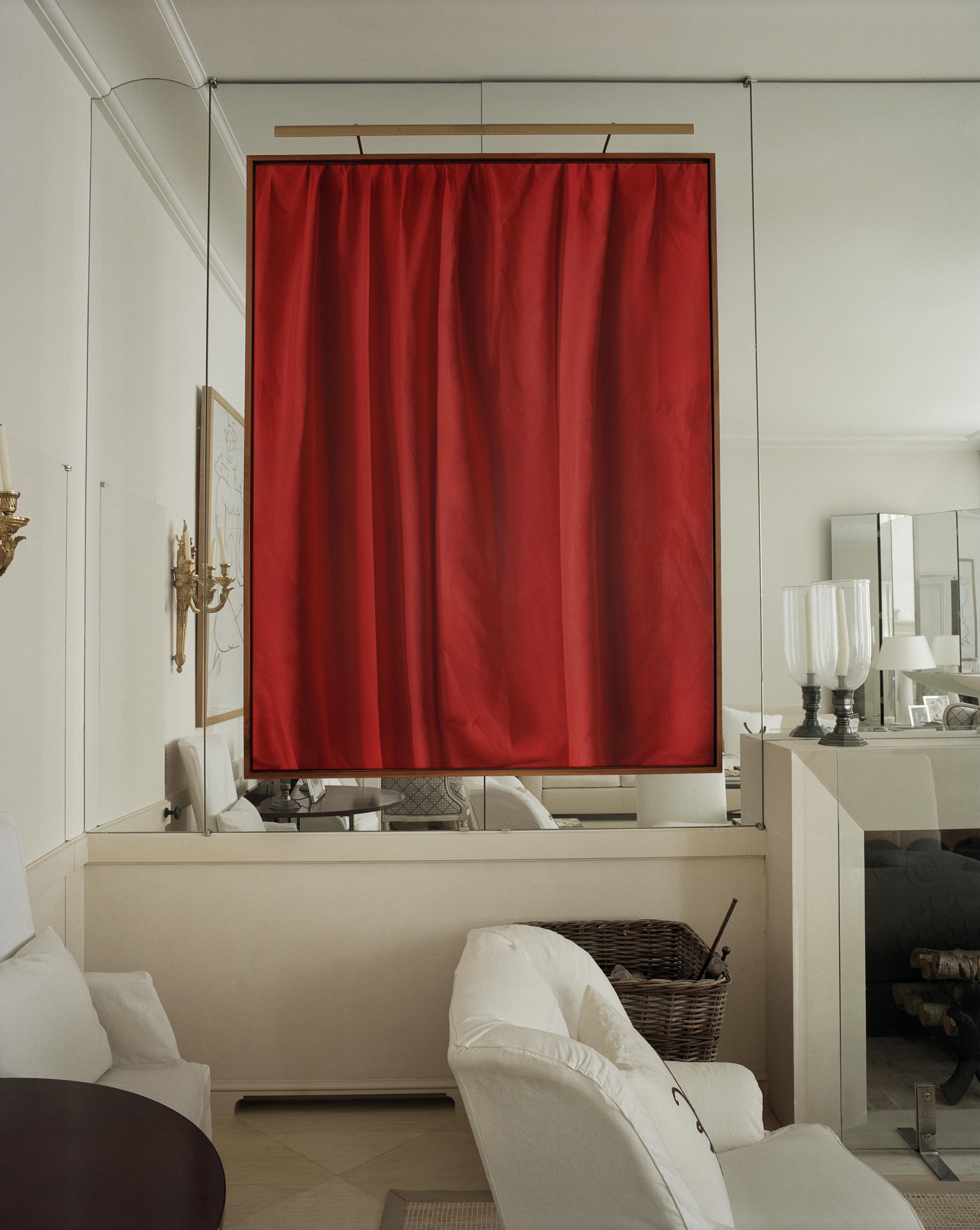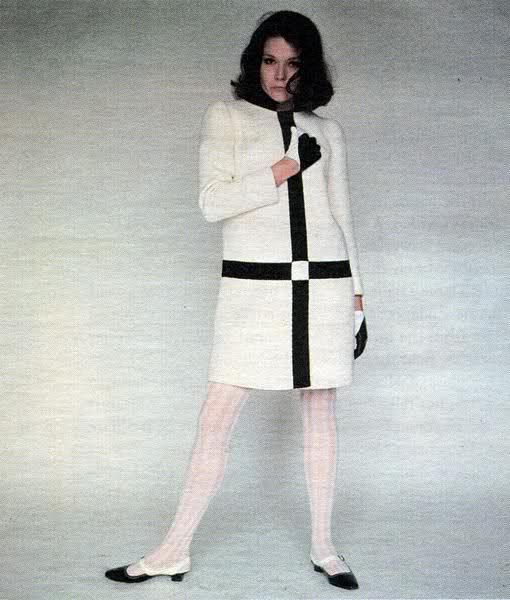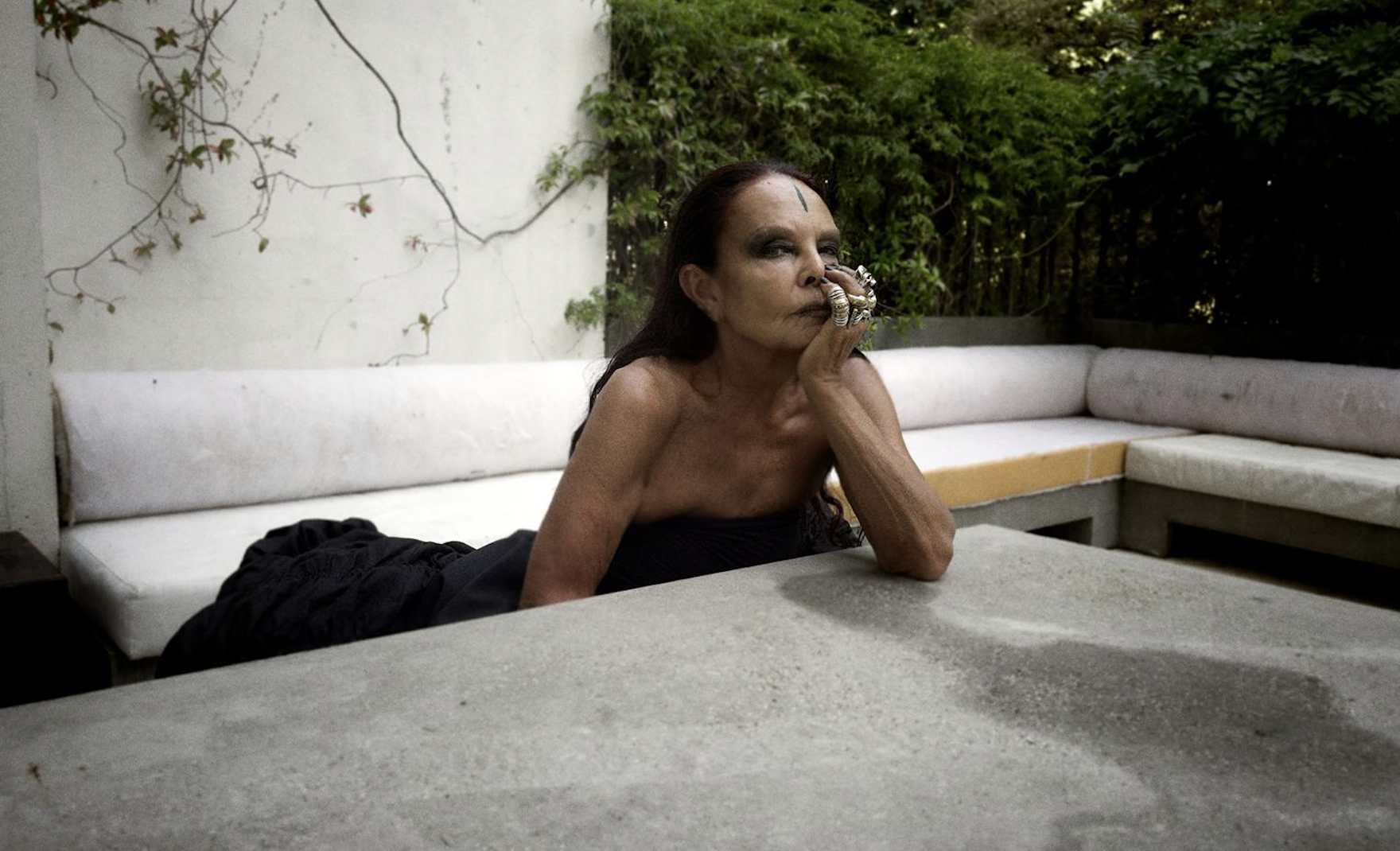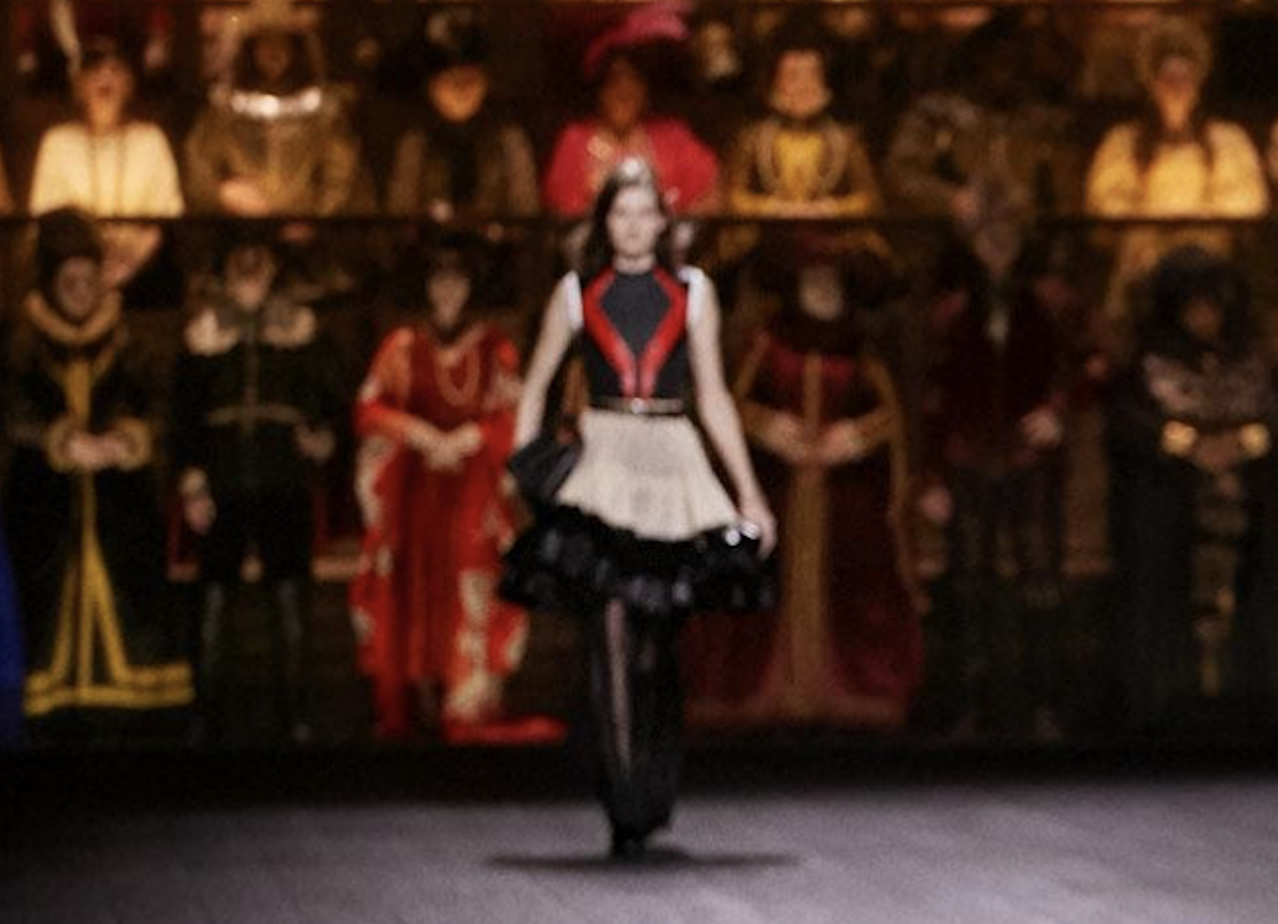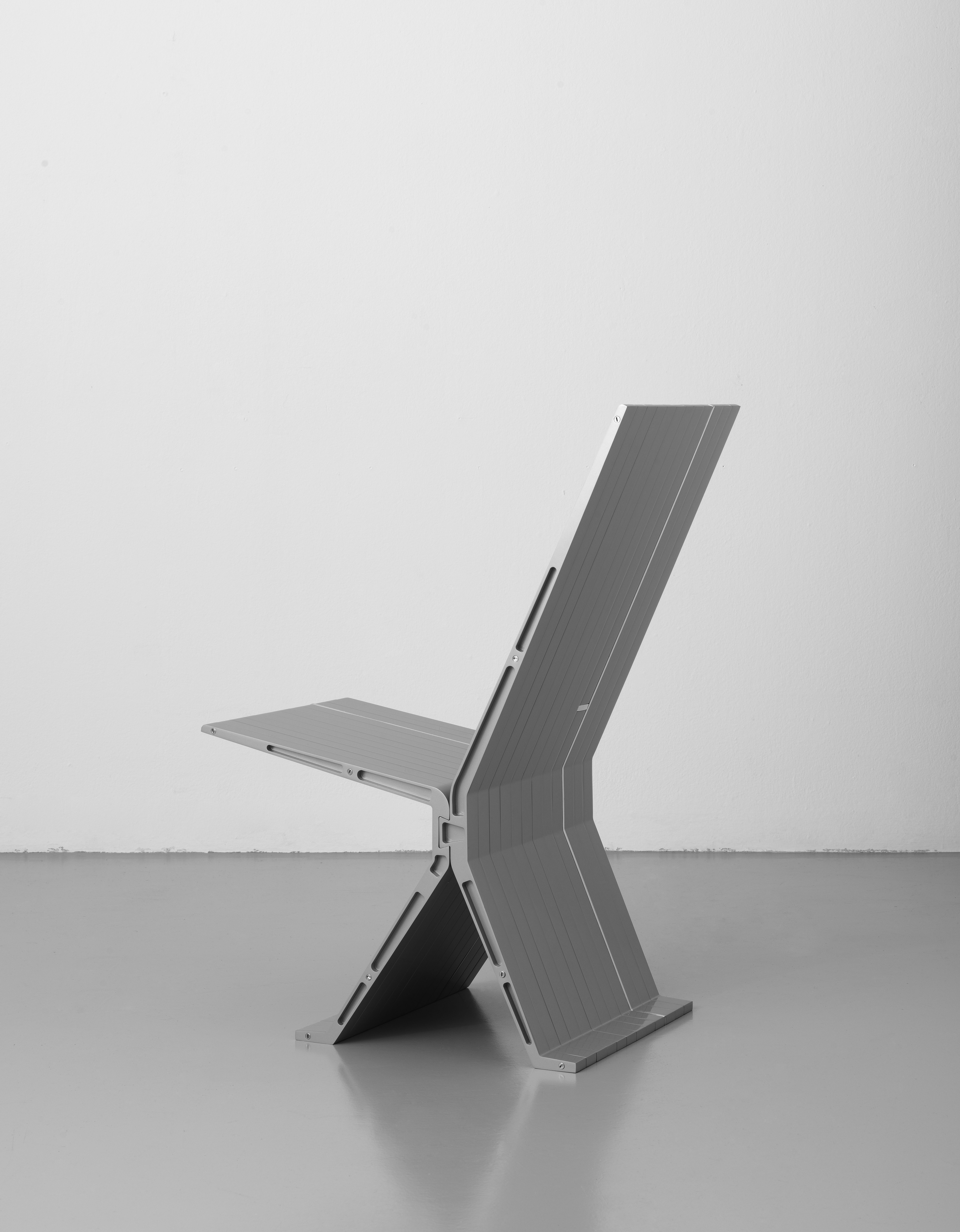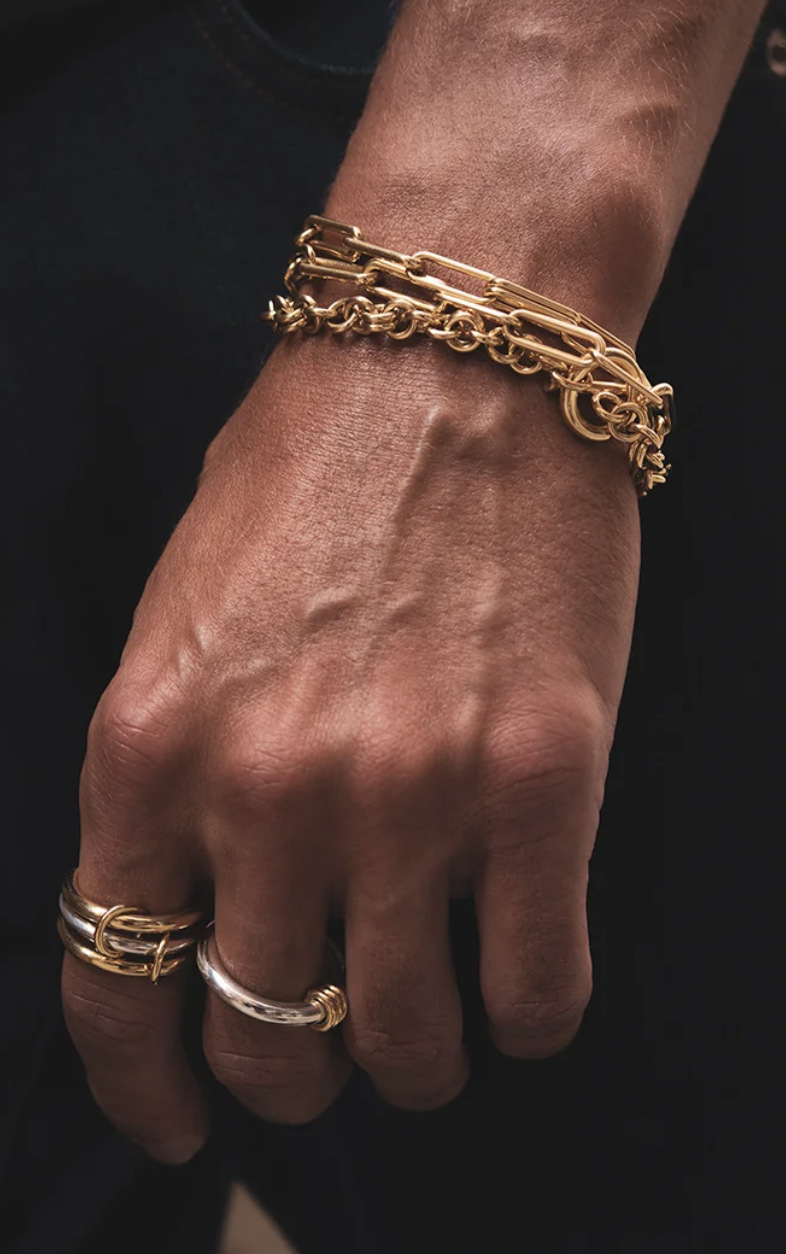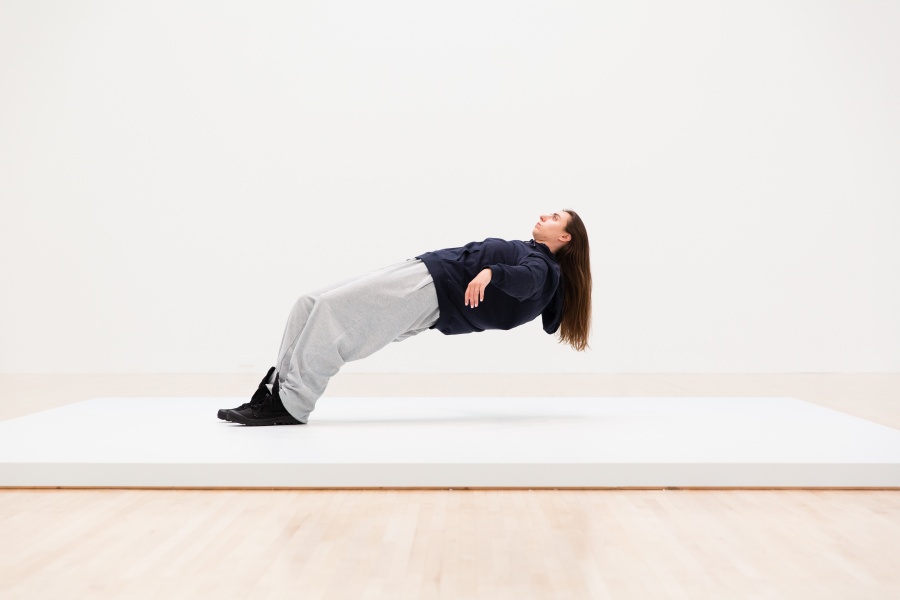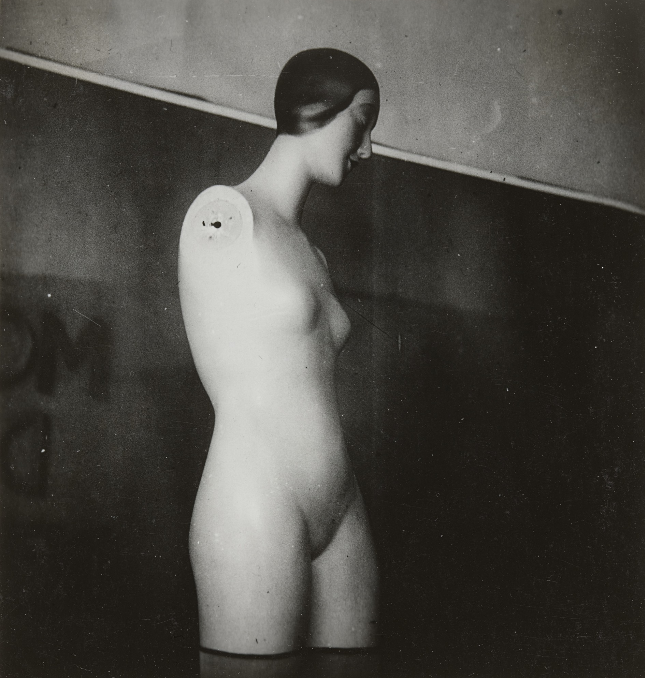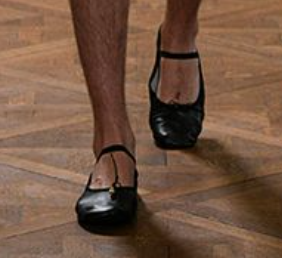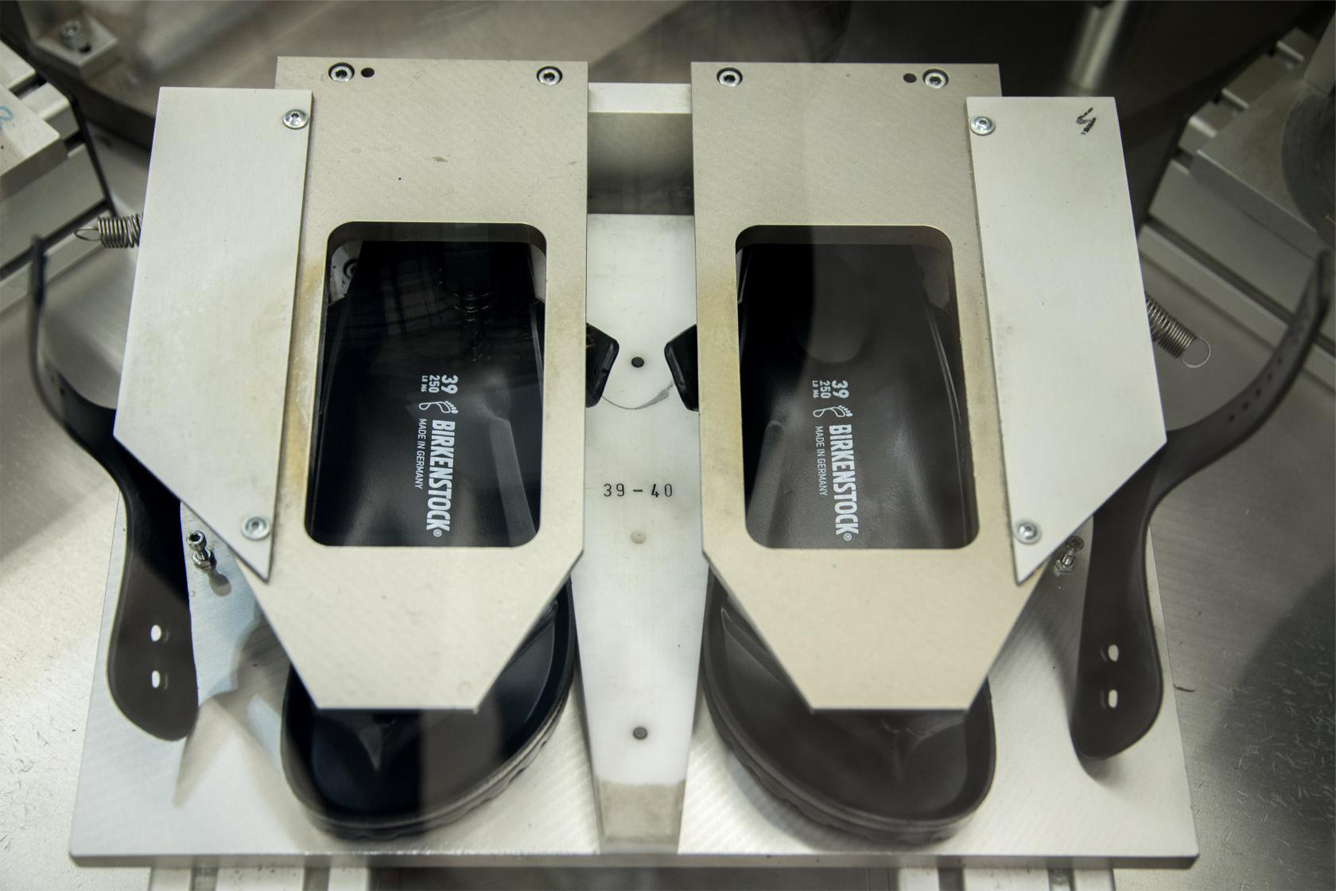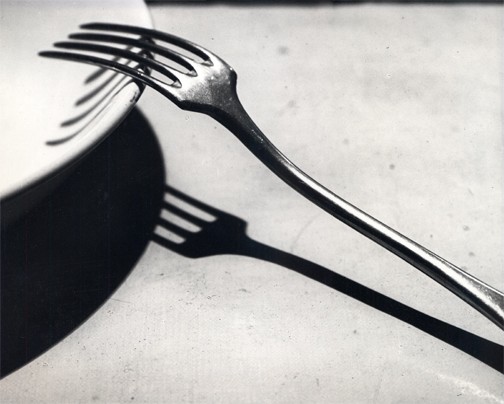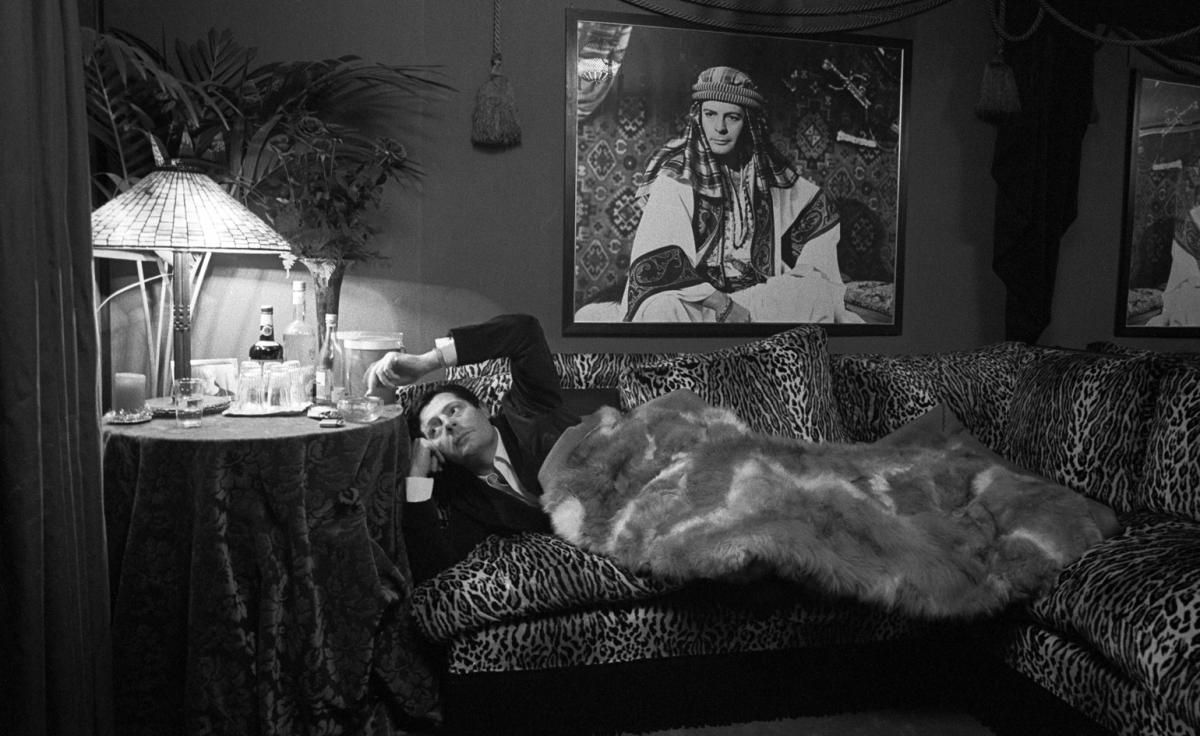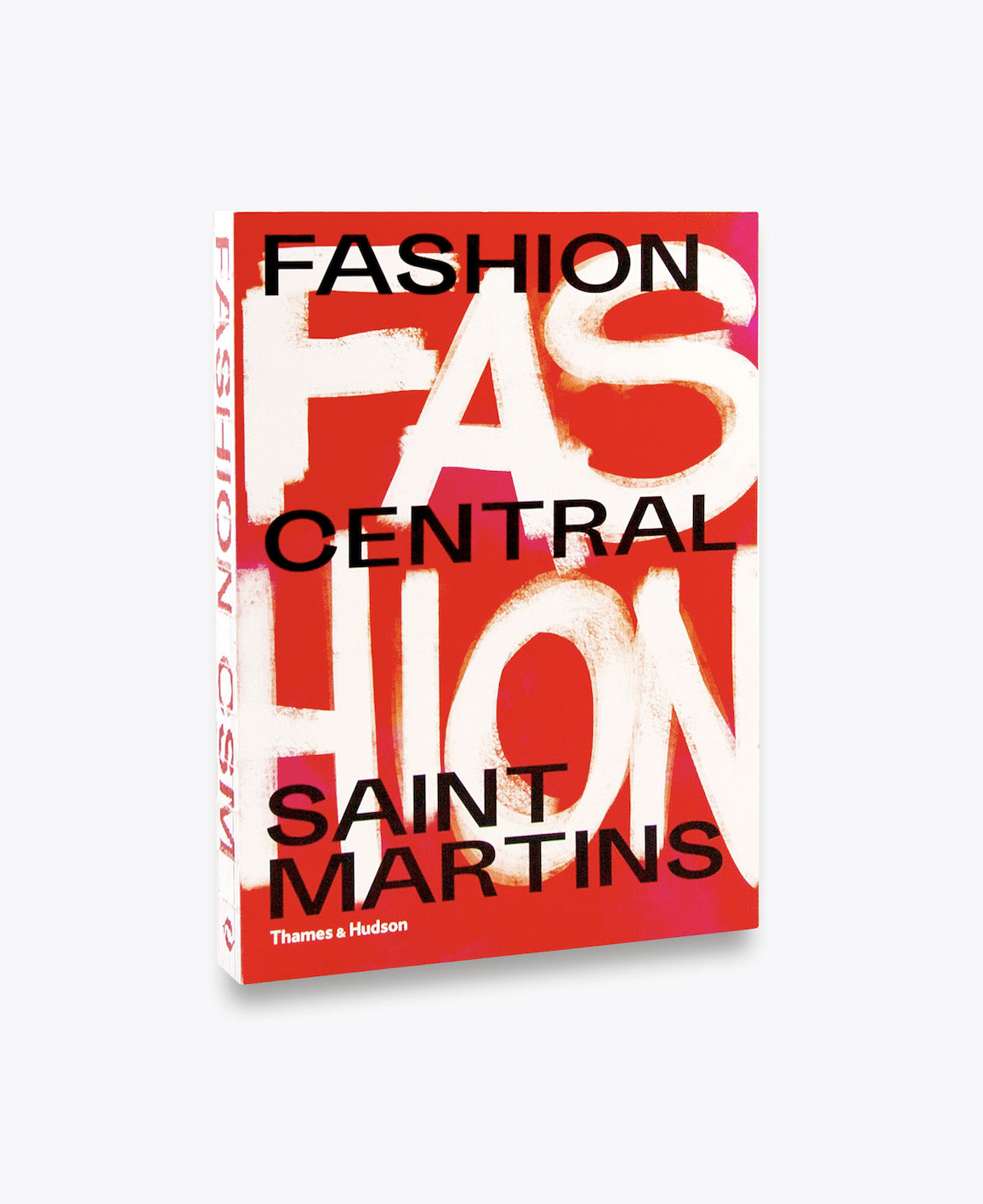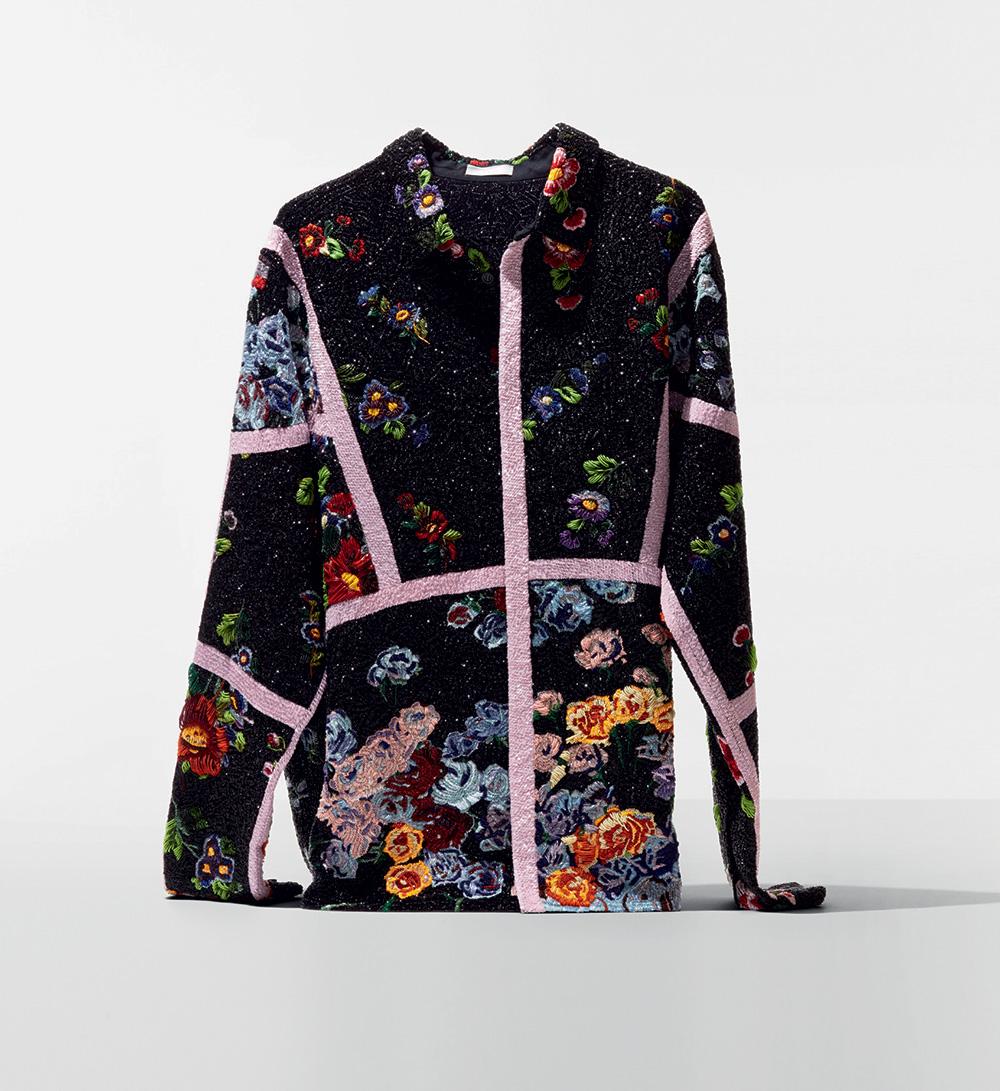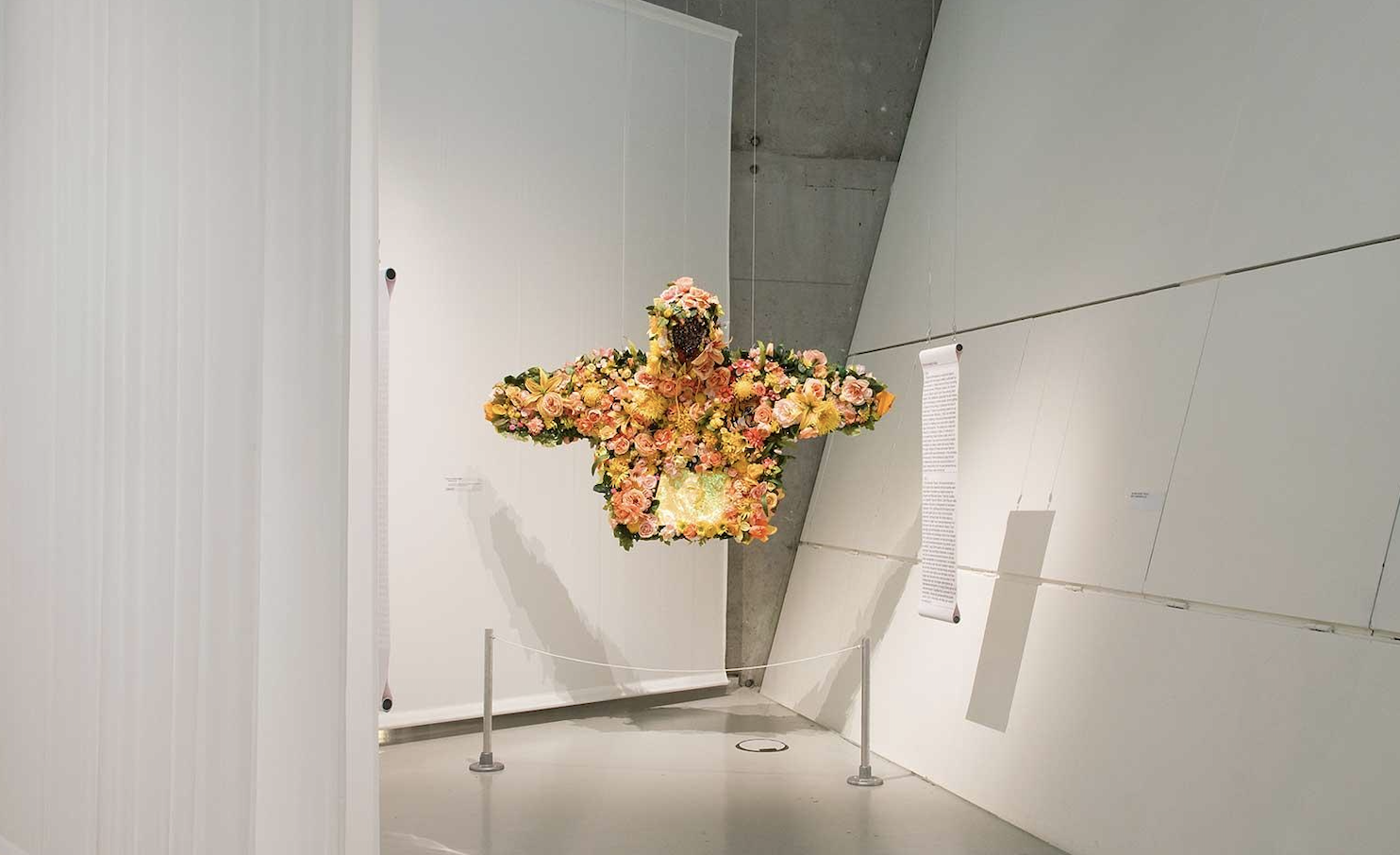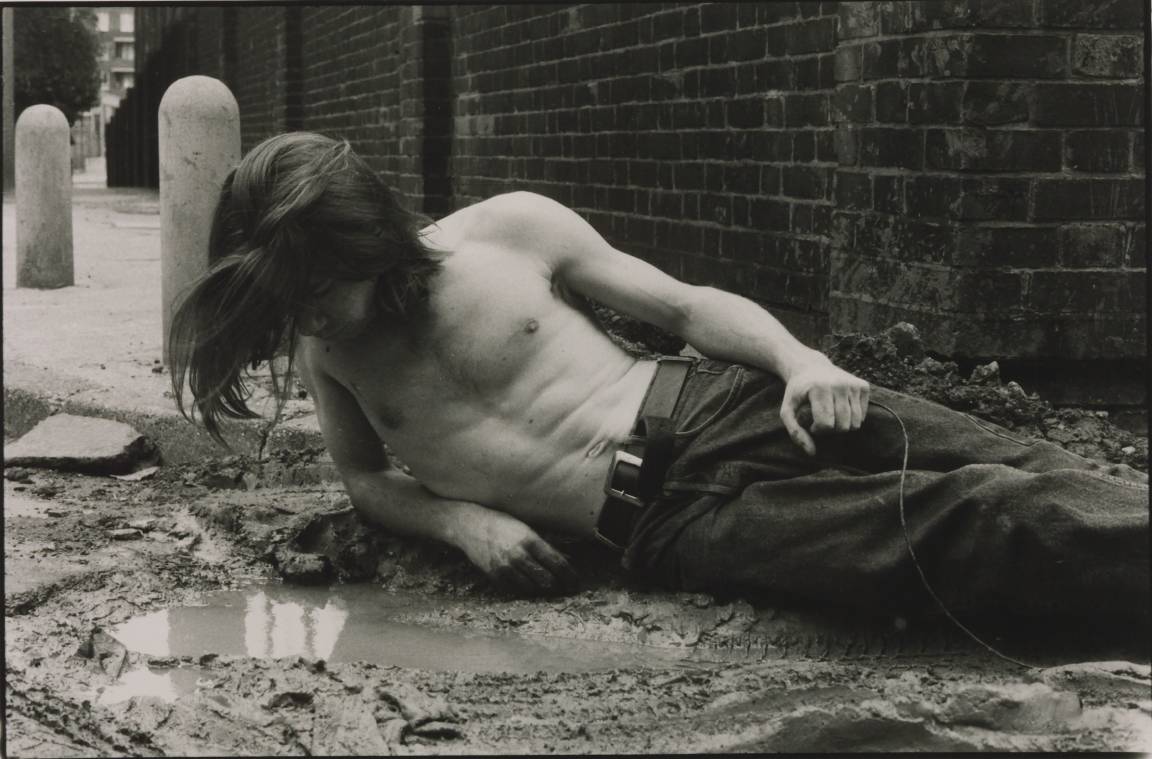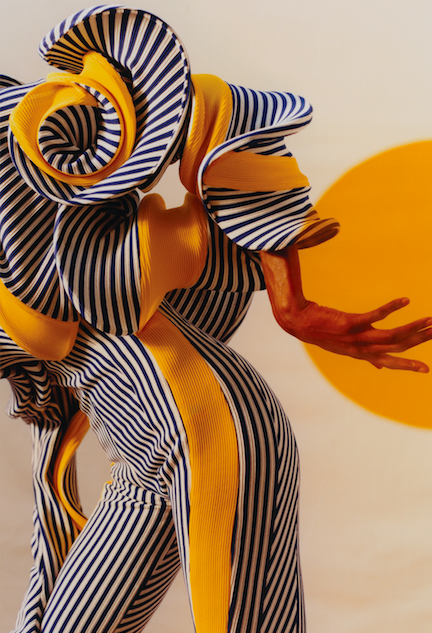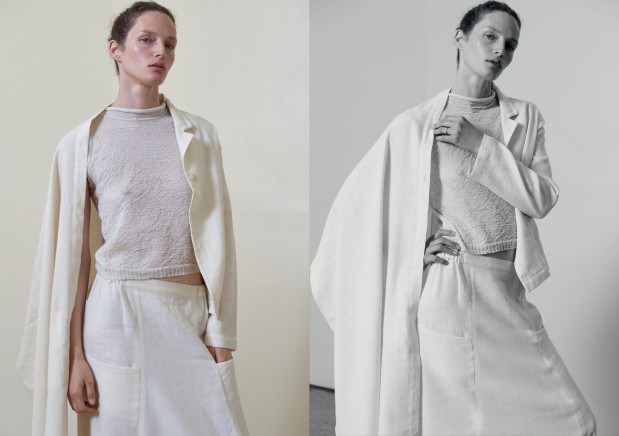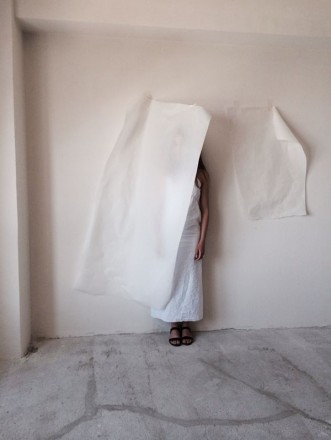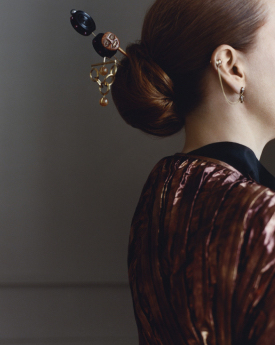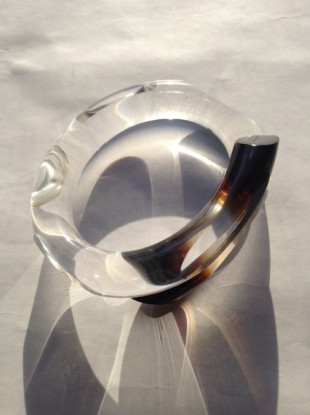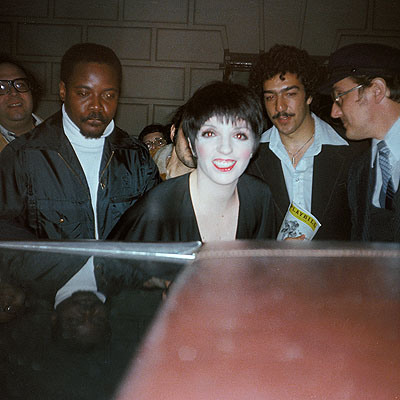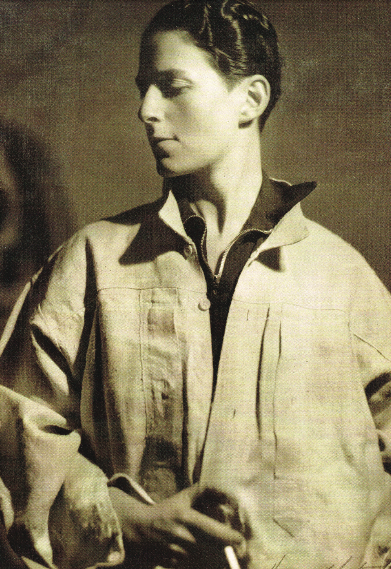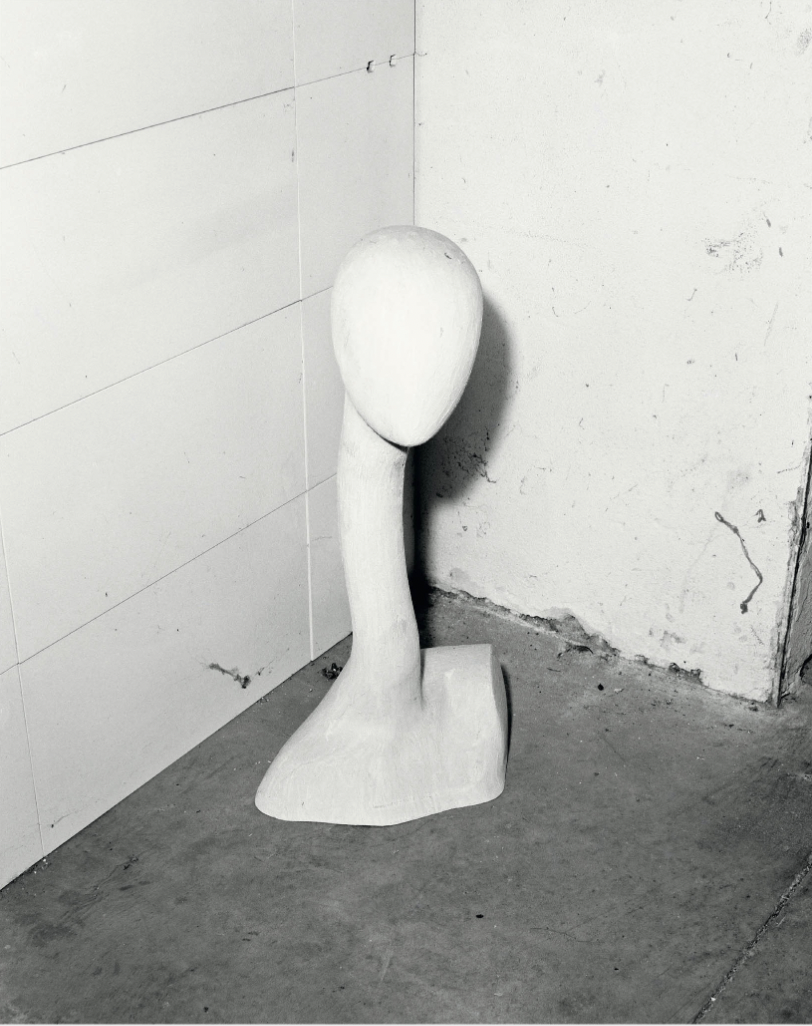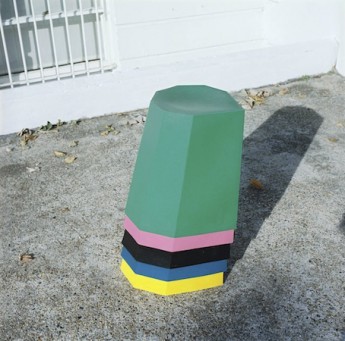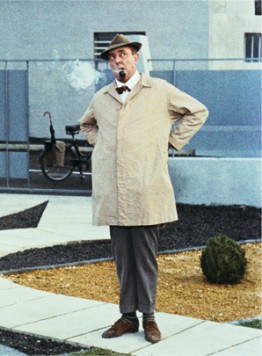2012
Martino Gamper
Published in B Magazine N°5
A conversation

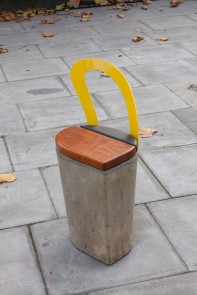
Martino Gamper is currently engaged in a discussion about health and safety – the heavily policed modern bylaw, testing the patience of anyone working in the public realm. ‘It’s something that’s affecting all of us but even more so when you’re working on something that’s for the public,’ the Italian-born designer smirks. Nestled outside his Hackney studio are two benches: prototypes for the 20 objects Gamper has just installed along the Park-to-Park connection from Victoria park to the Olympic park. ‘The amount of restriction we were given to work with at the beginning of the project changed when we came to install it and it was all very ad-hoc! Once you’re in the space, all of those rules and regulations you’ve had to think about seem to disappear very quickly,’ he laughs.
The Park-to-Park project appealed to Gamper as, growing up in Merano, Italy, his natural association with the sense of a piazza – a place to sit down and talk – sits in contrast to the public seating London offers. Here benches are relegated to dusty parks or utilitarian shopping centres. ‘Maybe people have more time to spend sitting on chairs and talking in Italy or Spain where outdoor seating is more common and as London’s so hectic, no one really has time, apart from on the weekend, to use these seats and people are always in a hurry,’ he ponders.
Is he keen to slow us all down? ‘When we put those two benches outside of the studio, we didn’t really know if anyone would use them but you do see people sitting on them arguing, kissing or drinking and it’s nice to see that people do appreciate it. Apparently it’s Hackney council’s policy to provide as little street furniture as possible to discourage antisocial behaviour – none of the neighbours want a bench outside of their houses. But on the flipside, it’s because there are so few benches that you get people grouping together and just sitting on all they can find.’
The language used to describe Gamper’s work rarely deviates from ‘spontaneous’, ‘sociable’ and ‘characterful’, words better used to describe a well-loved cousin rather than an RCA-trained designer. Gamper responds: ‘I mean, a lot of those words describe what I do, but also I think a lot of the work is about trying to educate people to look forward.’
At the age of 14, he began work as an apprentice to the Merano-based furniture maker Peter Karbacher. But after five years he realised that he wasn’t really interested in working in traditional furniture making. ‘I wasn’t going to be a designer that had a very classic way of designing – I was more interested in a free and artistic way of working that was quite spontaneous to the process and a method of illusion: so you start somewhere and you make a rough mock-up, you move on, you work with the material, rather than on paper. For me it was much more immediate to work that way, to end up with a finished piece. I wanted to be freer.’
![Portrait by Jo Metson Scott]()
He arrived in London in 1998 to start his masters at RCA. Gamper reflects: ‘There isn’t really one way of designing in London, one way of living, and that gives everyone a possibility to do what he or she wants to do regardless of his or her background.’ Such freedom and opportunity, however, can have leave a negative impact in the passive way we all look at products and in the contemporary way we judge what is good design. ‘I guess now it can sometimes be a bit superficial as everything works, everything is fine and there is a sense of a continuous stream of disposable ideas and a lot of designers not necessarily learning about or referencing the past.’ In Italy, Gamper finds that the sense of understanding history and classical design is inherent. ‘People tend to know more about the past,’ he says. ‘But here, it’s much more about the contemporary but then you can go into a circle as everything becomes too influenced by itself and the same fashions keep getting referenced. There are a lot of ideas but I don’t see them ending up as products and I wonder where all these ideas go.’
Is it important to create work that is very new or work that is very now? Gamper isn’t sure – his work just simply exists. ‘For me it’s about something that lasts, it has a certain quality and that quality could be in the making itself, it can be an element that cannot be reproduced so easily that adds a sense of newness, of something you haven’t seen before. Design doesn’t have to constantly renew itself, it’s just there and it’s quite good that it is, people appreciate it.’
A modern paradox is that as more of us begin to seek something new and perhaps something modern, the options open to us tend to be far too diluted. ‘We’re totally spoilt for imagery and inspiration today and at some points, I think, I don’t want to look at anything anymore,’ Gamper says. ‘But then when I go to people’s houses and I see how they live, I don’t see these objects! They might end up in the designers own homes but what I really miss is a sense of these objects moving in, even as one-offs or commissions for houses. A lot of people are buying things that look, in a sense, un-designed, things that are there to do their job, you know they don’t stick out too much, things that aren’t too different.’
In October 2007 when Gamper unveiled his 100 Chairs in 100 Days exhibition arranged over two floors of a large mid-Victorian house in London’s South Kensington, his assault on to the design world was noted as a spontaneous illustration of design history and anthropology; his works encouraged visitors to the gallery to talk and find a chair that they felt represented them. Today, recognisable for these idiosyncratic hybrid objects, the burden to carry on with the project is intense. ‘It’s like writing a good pop song: everyone wants the next one to be new and similar, but not too similar. So, I don’t try to think too much about that.’
Growing up, Gamper was surrounded by furniture that he didn’t find particularly interesting. Italian-designed chairs of the 1960s and 70s were littered around the house he grew up in, adjacent to dark, sturdy, rustic wooden chairs that sat in the kitchen, the sort typical to a house in the Alps. ‘At that time, I knew what I didn’t like but that was based on an immediate vision that was quite limited. In the 80s in that part of the world, of course, there was no internet and yes, you had all sorts of design, but a lot of people had traditional cabinets in their houses from cabinetmakers, so you were always looking at a type of design you knew, there was little opportunity to see anything that was different.’
Before going to university, Gamper went travelling to learn English, arriving in Philadelphia to live with a family, working as a babysitter, making money here and there using his skills as a cabinetmaker and odd-job man. ‘Then I went to LA and stayed there with some family friends who had a big beautiful modernist house,’ he recalls. With a short stay in Mexico and Guatemala before returning to LA, Gamper was building up his aesthetic vocabulary. ‘It was a different planet in a way, but at that time I was still not into design, I was still trying to find out what I was interested in.’ Finishing off his world tour in Australia, the Philippines and Thailand, Gamper realised that a lot of the people he had met along the way all worked in a creative way or in creative subjects opening the idea that Gamper should study something ‘creative’. Gamper went to Vienna, first studying sculpture at the Academy of Fine Arts, then product design at the University of the Applied Arts under Memphis co-founder Matteo Thun.
‘I always wanted to work slightly differently than other people do because I think that’s one of the interesting things about being a designer – you can design your own job description or profession; you don’t have to stick to one type of work. If you’re a lawyer, then you have to stick to being a lawyer but being a designer you can change every day.’
Gamper’s work is difficult to label, on first glance his creations are comical, humorous crossbreed monsters forcing us to think in different ways about how materials and colours can sit together. Look again and you realise that Gamper is making things that have a practical purpose – you can sit on, at or next to his work. ‘People think I’m actually an artist, but I consider myself a designer. A designer, working with similar ideology as an artist by not sticking to the brief, not working in one industry,’ the softly spoken designer shares. ‘I work free and spontaneously and these are all methods an artist might use but at the end of the day, these are all functional pieces, so, it’s furniture, so in that sense I’m not an artist.’
Reflecting on 100 Chairs in 100 Days, the process was much more about intuition. ‘I like the sense that sometimes I don’t know if I actually love something I’ve made or I hate it but, as an end product, it’s important that you recognise that you can sit in it. They’re chairs!’
As well as wrapping up the current Park-to-Park project and taking down his site-specific solo exhibition Condominium at Turin's Galleria Franco Noero, Gamper is rebuilding his studio with his wife, the artist Francis Upritchard, and two others who are keen to revisit the idea of patronage. ‘How do you commission work? That’s an interesting question for me because I get asked to do a lot of commissions, taking on the responsibly of looking at someone’s ideas and helping them to make them become real,’ he says. Gamper’s old-fashioned approach to craft is inevitable. ‘At the beginning of the century, it really was a much bigger deal to commission people to do something and now I want to encourage that sense of involving people by giving them time and help to make sure their ideas are not just on a blog somewhere, but that they’re implemented in our real lives.’
